When we launched the Teach to Earn (T2E) POD at Badhwar Park, Colaba, on November 22, 2023, our intentions were noble and clear: provide affordable digital literacy to children in underserved communities. With 50 students initially enrolled and a thoughtfully designed curriculum that included practical skills like website creation and software use, we believed we were on the right track. And in many ways, we were. But we also encountered several stumbling blocks that hindered the full success of the initiative.
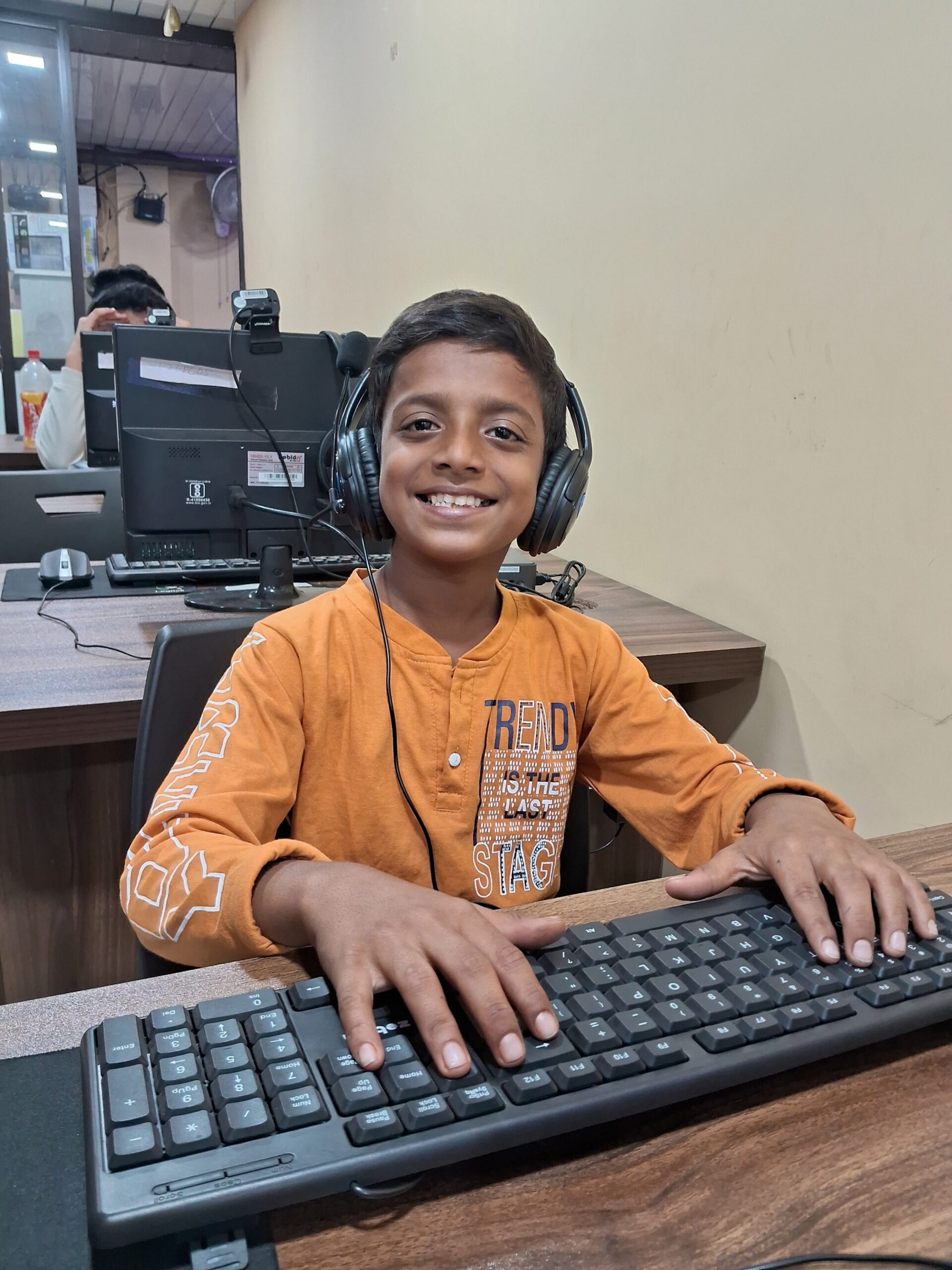
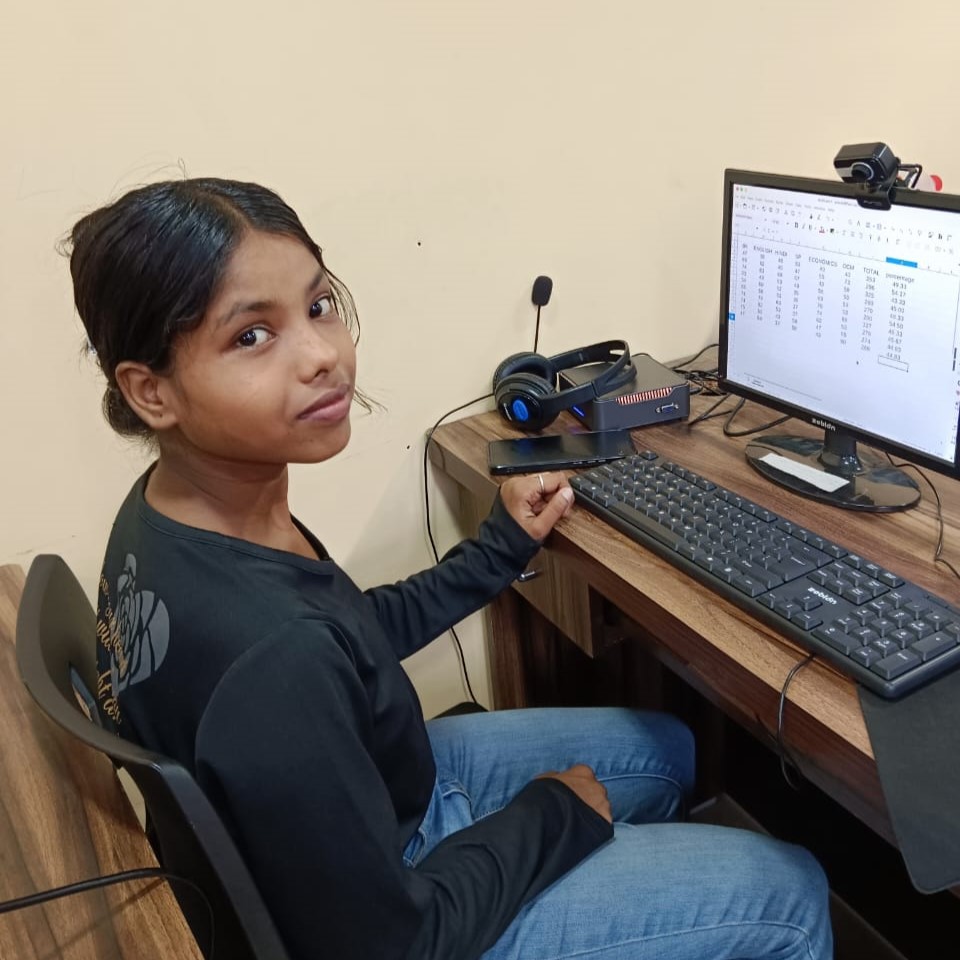
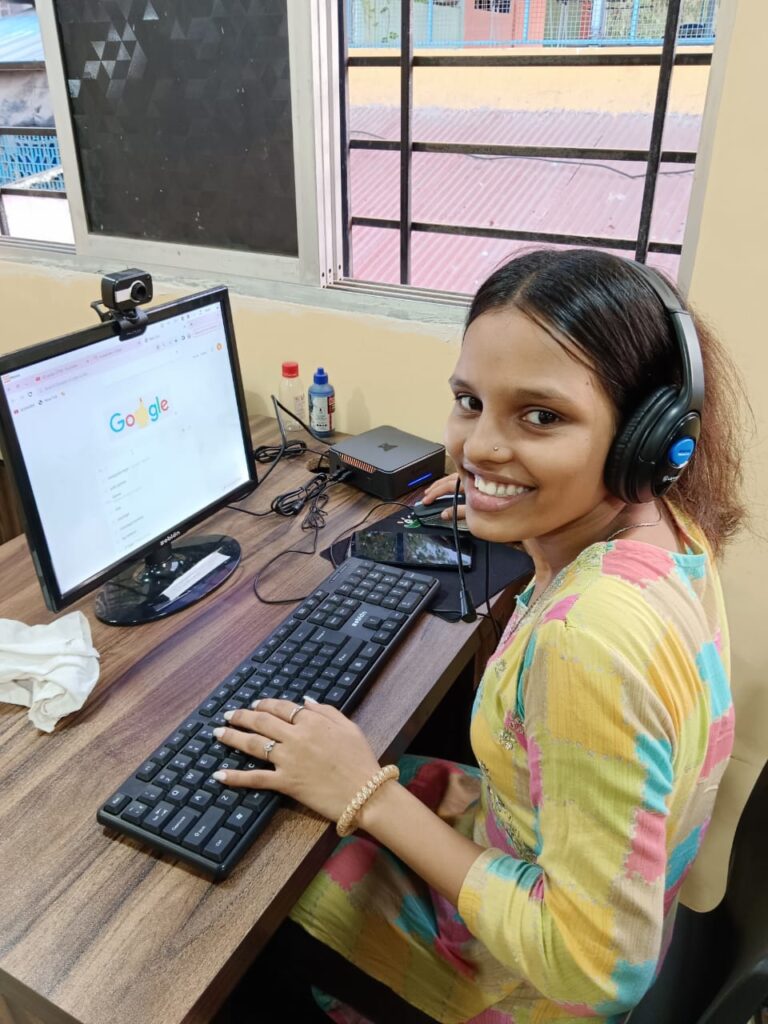
1. Visibility Matters More Than You Think
One of the biggest operational missteps was the choice of location. The POD was located on the second floor of a house in a slum area covered on all sides with roofs, and while the space was functional, it was far from ideal in terms of accessibility and visibility. Many parents and children simply didn’t know we existed. There were less walk-ins, no casual curiosity from passersby—because the setup was out of sight, and therefore, out of mind.
Lesson: Choose a ground-floor location or a space with high foot traffic. Add visible, clear signage to create awareness within the community. People need to see you to engage with you.
2. Marketing Was Too Passive
Relying on word of mouth and organic growth in a community with limited digital access is a risky strategy. Our outreach efforts were minimal, which meant many potential beneficiaries never heard about the POD. Banners, social media engagement, door-to-door outreach, or community events did not increase awareness since the area was filled with Tuitions and Classes.
Lesson: Marketing isn’t an afterthought—it’s the engine that drives engagement. Allocate time and resources to actively promote your POD through both offline and online methods.
3. Pricing Flexibility Helped—But Should’ve Come Sooner
We initially charged ₹1,500 for a three-month course. But soon realized that this lump sum was a barrier for many families. Once we moved to a ₹200-per-month model, participation improved significantly. This small but crucial tweak made the program more inclusive.
Lesson: Understand your community’s financial situation of the Community where you want to start the POD. Start with a flexible, low-cost monthly model instead of upfront lump sums. It’s not just more affordable—it builds ongoing engagement.
4. Partnerships Are Powerful—But Must Be Proactive
Our collaboration with BMC schools and local tuition teachers was among the program’s highlights. These partners lent credibility and helped us reach students we couldn’t have accessed on our own. However, we didn’t consistently leverage these relationships for visibility and referral pipelines.
Lesson: Don’t just partner—nurture those partnerships. Give them a role in outreach, content delivery, and parent engagement.
5. Curriculum Must Keep Evolving
Students enjoyed learning website development and using software tools, but we noticed a drop in enthusiasm. There was a clear appetite for more diverse topics like coding, graphic design, and video editing.
Lesson: Keep the curriculum dynamic and student-driven. Include creative, skill-based content and offer micro-certificates to sustain motivation.
6. Infrastructure Makes or Breaks the Experience
While our classroom was adequately equipped, there were gaps in comfort and technical readiness. High-speed internet, modern hardware, and a well-organized space make a big difference in keeping students focused and excited.
Lesson: Don’t cut corners on infrastructure. Even small upgrades—like more organized seating or better lighting—can elevate the learning experience.
7. Trust Takes Time—But It’s the Glue
Perhaps the most important takeaway is that community trust takes time to build. Our work with tuition teachers helped, but we could have done more to regularly engage with parents, share student progress, and create a sense of shared ownership in the POD.
Lesson: Community engagement isn’t a one-off activity—it’s a continuous process. Host monthly parent meetings, send regular updates, and celebrate student milestones publicly.
Managing Finances: The Importance of a Break‑Even Analysis
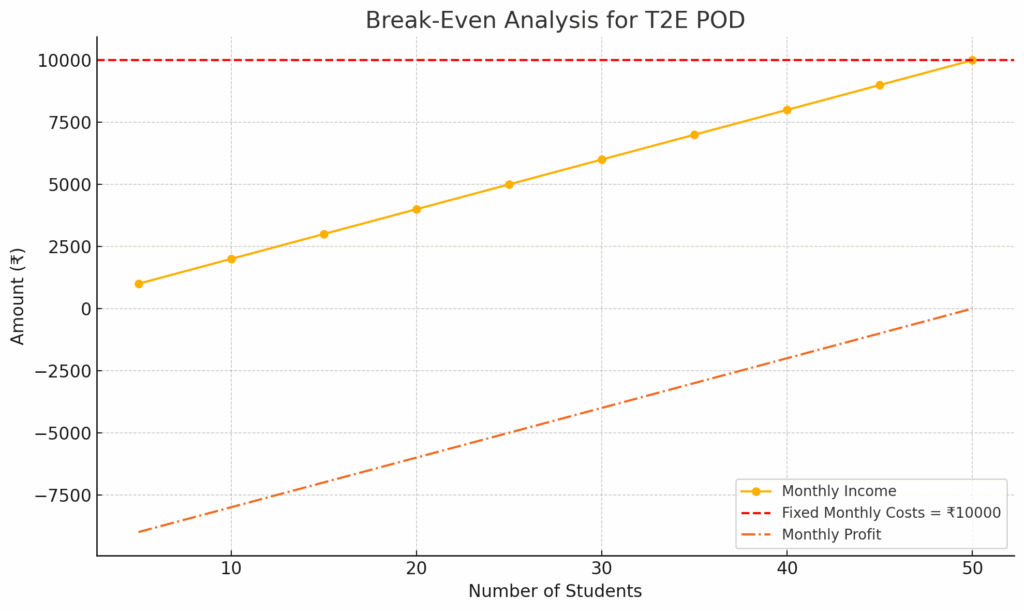
One of the most critical early steps when starting your own POD is understanding the money. Our detailed break‑even analysis guide shows how to model every cost—PCs (around ₹9999/- each), rent, internet, electricity, teacher salaries, and misc expenses—against your revenue (number of students per batch times fee per student). By plugging in realistic variables—such as three PCs, two batches per day, ₹200/month per student—you can calculate how many students you need to cover fixed costs. This analysis not only helps you set the right monthly fee but also determines the minimum enrollment needed for the POD to sustain itself. With this insight, you can strategically price your offer, manage expenses, and plan for growth—ensuring your POD reaches break‑even and becomes financially viable before launching
If You’re Planning to Start Your Own POD…
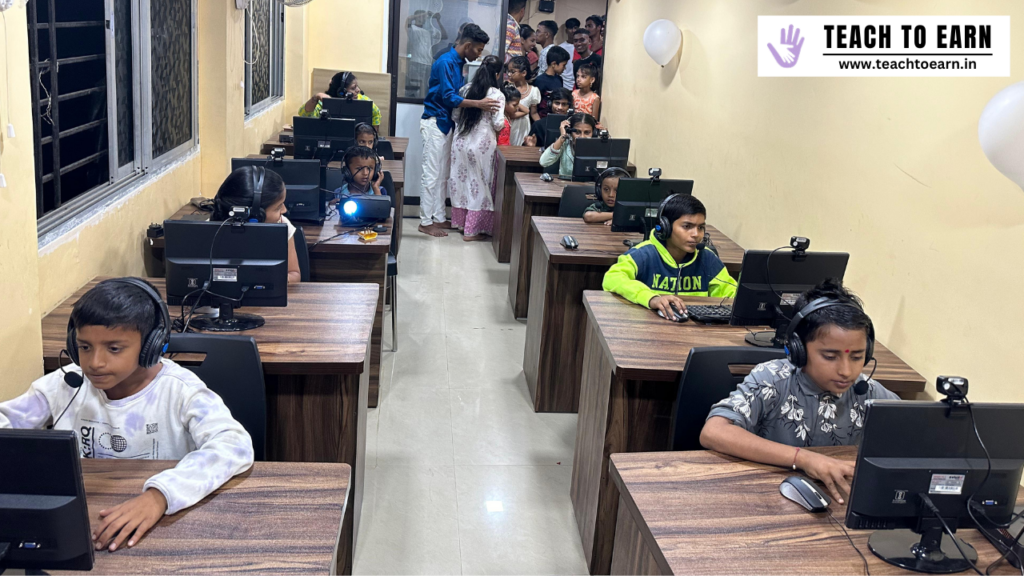
Don’t repeat our mistakes—learn from them. Location, visibility, affordability, partnerships, marketing, and infrastructure aren’t just checkboxes—they’re the foundation of a successful POD.
If you’re serious about starting a community-based learning center that actually works, we’ve compiled everything we’ve learned (successes and failures) into actionable guides. 🚀 Start Your Own Teach to Earn Learning POD
